US E-2 Treaty Investor Visa Tax Strategy
Moving to the US on with the E-2 Treaty Investor Visa comes with a very big hidden cost. You are by definition a US tax resident and required to pay US tax on your worldwide income AND report your foreign assets to the US government each year. Here’s how to reduce or eliminate that tax cost for the E-2 Treaty Investor Visa.
First, a few words on the E-2 treaty investor visa. This US residency program allows you to live in the United States so long as you are operating a business that employs a few American citizens. If the business shuts down, you will be asked to leave.
The E-2 treaty investor visa requires two things: 1) you must be from a treaty country, and 2) you must make an investment in the US by starting a business here. For a list of treaty countries, see the US Department of State website. I think you will be surprised with who’s in and who’s out.
The E-2 treaty investor visa is not a path to a green card nor US citizenship. It’s a residency visa that allows you and your family to live in the US while you are working here and employing a few people. Most investors start a business with about $200,000 and hire around 5 employees including the owner (you, the E-2 treaty investor).
The E-2 treaty investor visa doesn’t have a minimum investment amount nor a minimum number of employees. In my experience, businesses that are well funded through break-even with $200,000, and which will add 4 jobs to the economy (5 including the owner) are likely to be approved.
A person in the US on an E-2 treaty investor visa is expected to be running the business on a day to day basis. This is not a program for passive investors. It’s for those who want to start a small business in the US and work in that business each and every day.
- Passive investors should go with the EB-5 Investor Visa. Here’s a tax strategy article for that program: Coming to America Tax Free with the EB-5 Visa and Puerto Rico. The EB-5 visa gives you a green card and US citizenship within 5 years but requires 10 employees and an investment of $500,000 to $1 million.
The E-2 treaty investor visa is a “temporary” residency visa that needs to be renewed every few years. Basically your case officer will check to see that the business is operating and the you are employing the agreed number of persons.
Because of its temporary status, you should have a plan to return to your home country once the business has run its course. As a practical matter, these companies can operate for decades. So, as long as the business is profitable, or you can keep it going by adding more cash, you can reside in the US. But, during the application process, we need to show a plan to return home.
E-2 Treaty Investor Visa Tax Issues
Because you are operating the business from the United States to qualify for the E-2 visa, all income earned in that corporation is US source income taxed at about 35% Federal plus your State (0% to 12%). This is to be expected when operating from the US.
What’s often not expected is US tax on your worldwide income.
Here’s an example of the E-2 visa tax trap: Let’s say you bought a house in Colombia in 1995 for $100,000. You move to the US in January of 2016 on the E-2 treaty investor visa and sell the home for $1 million in March of 2016 (yes, Colombia has an E-2 visa treaty).
You pay 10% in capital gains tax to Colombia on the sale, which is that country’s standard tax rate. In addition, you report the entire sale on your US tax return for 2016. The US capital gains rate is about 23.5% and you get a tax credit for the 10% paid to Colombia using the Foreign Tax Credit.
As a result, you owe the US Federal government 13.5% x $900,000 gain or $121,500 on the sale of your home in Colombia. If you’re living in a high tax State like New York or California, you’ll pay an additional 10.5% in capital gains. A very expensive tactical error which could have been avoided by selling the home before becoming a US tax resident.
Note: Had the capital gains tax rate in Colombia been 24% rather than 10%, you would owe nothing to the US Federal government and only paid State tax on the gain. That is to say, if the taxes paid in your home country are higher than the US rate, the Foreign Tax Credit will step in and prevent double taxation. ‘
The same tax expense will apply as long as you are in the US on the E-2 treaty investor visa program. All capital gains, interest income, income from businesses operated outside of the US, and income from any source, will be taxed in the US less any foreign taxes paid.
E-2 Treaty Investor Visa Tax Strategy
Careful tax planning is required before the E-2 visa applicant moves to the United States. Once you’re a tax resident, many planning opportunities are closed. For a high net worth individual, the tax costs of moving to the US can far outweigh the costs of starting the business and complying with the requirements of the E-2 visa.
For example, our Colombian could have sold his home before moving to the US and saved a lot of money and reporting hastle. Other possibilities are that he could have gifted his home to a family member or his heirs, sold it to an offshore trust, or otherwise disposed of it before coming to America.
And the same goes for brokerage accounts and other passive investments. There are a variety of offshore trusts, life insurance structures, and tax strategies that will allow you to manage assets for the benefit of your heirs and avoid US capital gains on any sales.
Also, special consideration should be paid to the US death tax. In certain circumstances, an E-2 visa holder is a US resident for income tax purposes but not for estate tax purposes. If someone was to die in that situation, they would be taxed in the US on all of their US assets and allowed only a $60,000 exclusion. US citizens get a $5.2 million estate tax exclusion.
US trusts and other planning tools should be considered to ensure the E-2 visa holder gets the full $5.2 million exclusion. None of us like to talk about death, but it’s an important conversation to have prior to moving into the United States.
As for an active businesses, different rules apply depending on whether the company is controlled by the US resident or whether it’s a joint venture with a nonresident partner. “Control” means ownership or control of more than 50% of the business.
If you, the E-2 visa applicant, sell or transfer half of their foreign business (not the E-2 business) to a family member who will operate it while you are in the US, you may realize significant tax savings in the US. Note that I am referring to an active partner and not a nominee director.
There is one way to enter the US on an E-2 treaty investor visa and pay zero tax to the US government. If you setup your business in the US territory of Puerto Rico, you will pay only 4% in corporate tax on the profits earned from that endeavor.
Next, if you are a resident of Puerto Rico, and spend 183 days a year on the island, you will pay zero capital gains taxes and zero tax on dividends from your Puerto Rico company.
Combine these two tax strategies together and you get a 4% tax rate on business profits and zero tax on passive income, dividends and capital gains. Compared to the 45% rate some Americans in high tax states pay, this is an amazing offer.
And, as a US territory, an E-2 visa from Puerto Rico is identical to an E-2 visa from New York or California (except for the tax rate of course). You’ll have full access to the United States and the right to come and go as you please. Travel between Puerto Rico and the United States is a domestic flight and there’s no immigration checkpoint.
The tax holiday in Puerto Rico for businesses is Act 20. The holiday for personal income and capital gains is Act 22. For more on this, see: How to Maximize the Tax Benefits of Puerto Rico
Note that my articles on Act 20 and 22 are focused on US citizens moving their businesses to Puerto Rico. We can also combine Act 20, 22, and the E-2 treaty investor visa to get you residency in the US without the tax bill.
I hope you have found this article on US E-2 Treaty Investor Visa Tax Strategy helpful. Please contact me at info@premieroffshore.com or call (619) 483-1708 for more information. I will be happy to assist you to build a business in the US or Puerto Rico and qualify for residency.

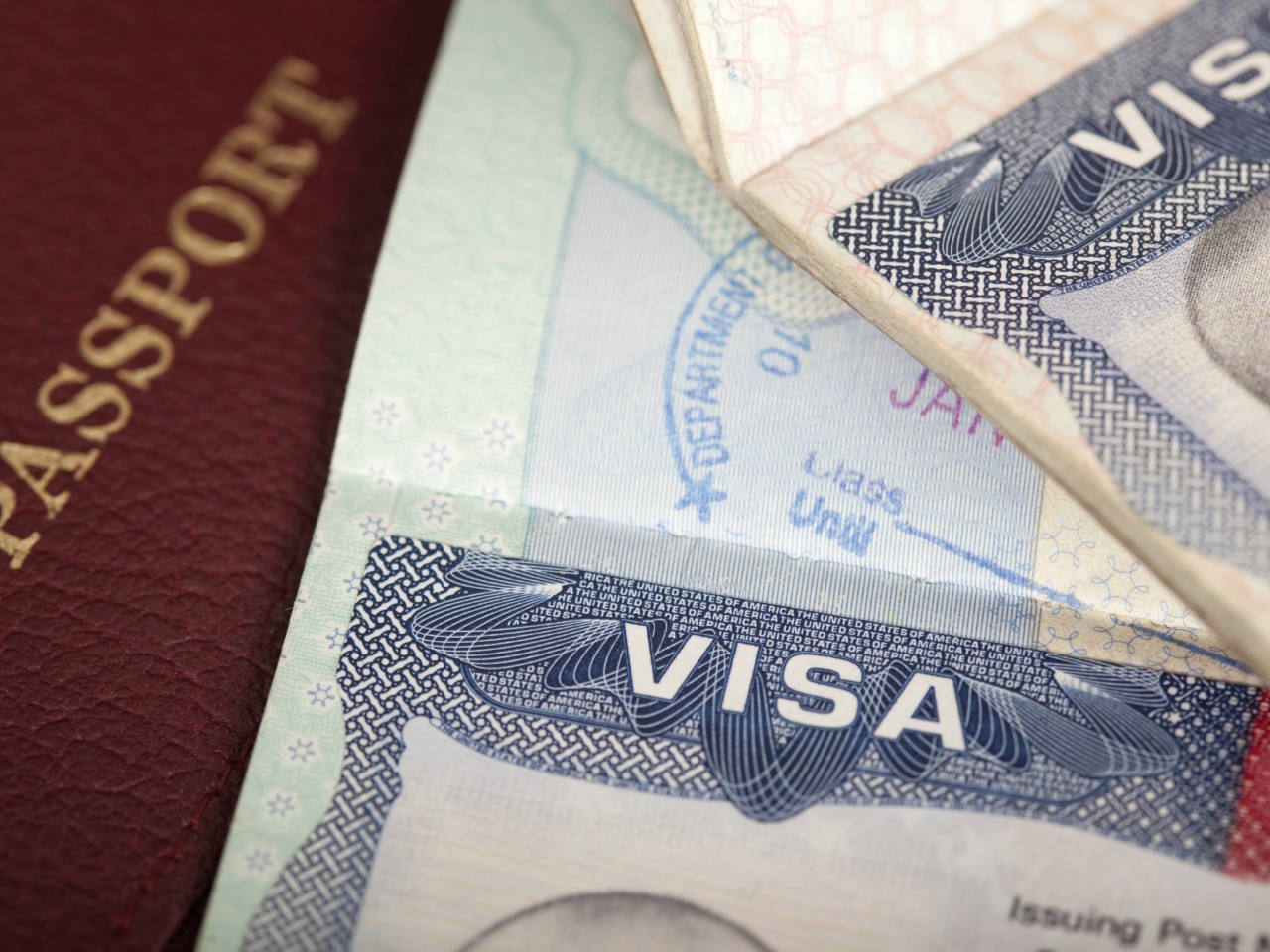
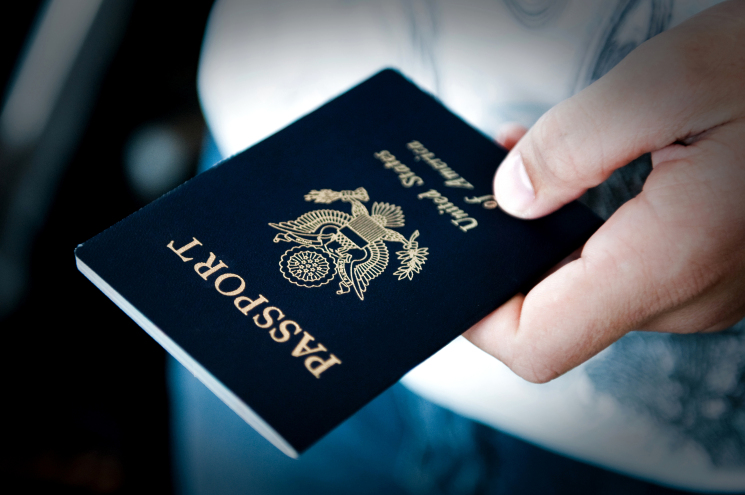


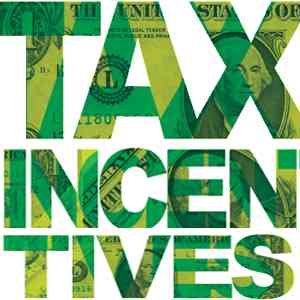



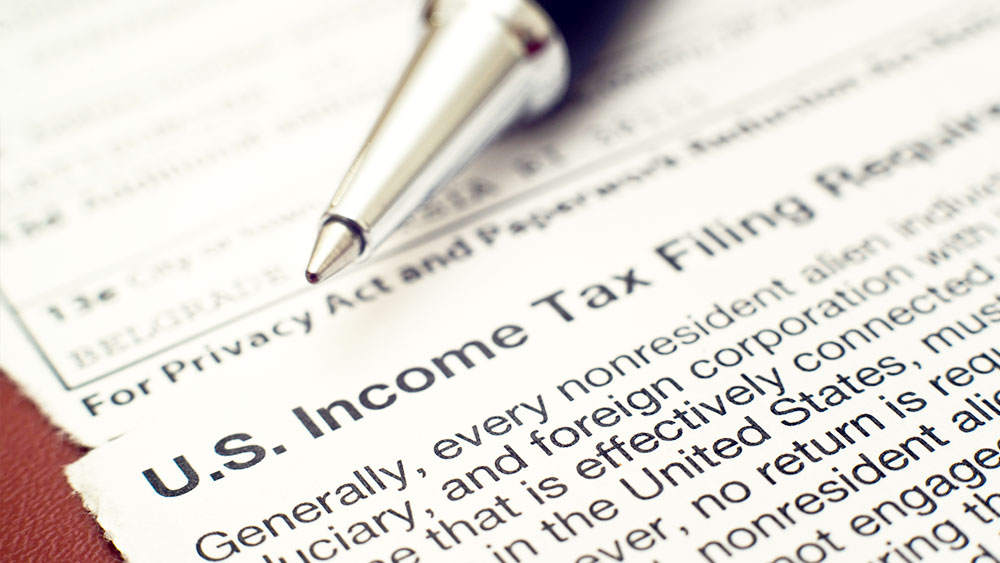
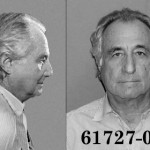

Leave a Reply
Want to join the discussion?Feel free to contribute!